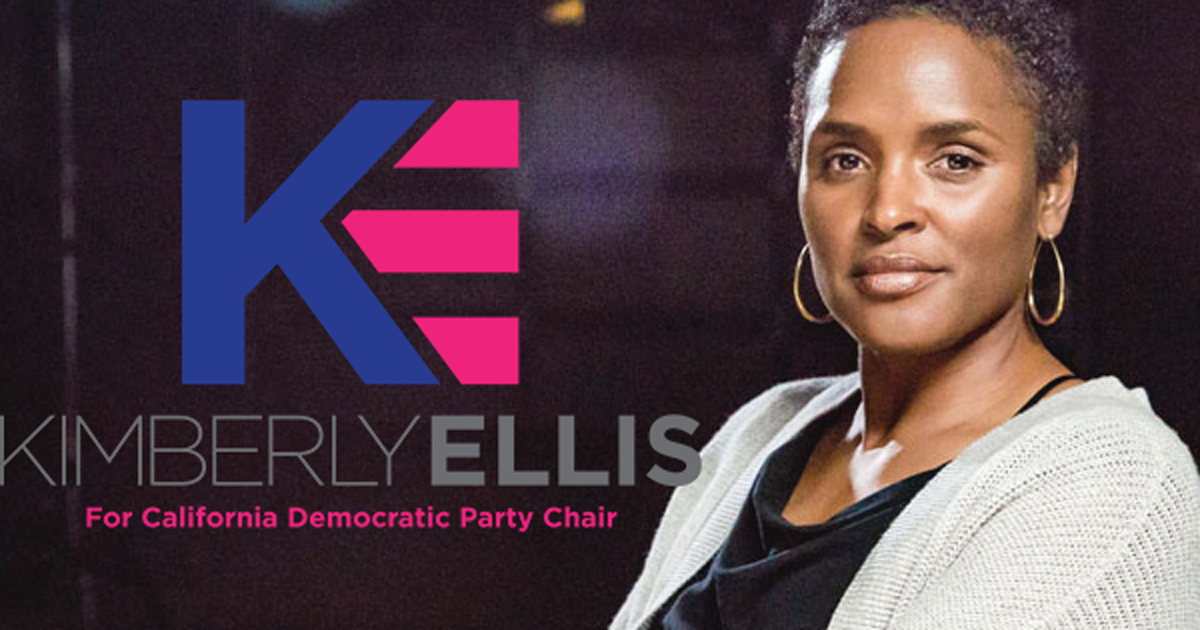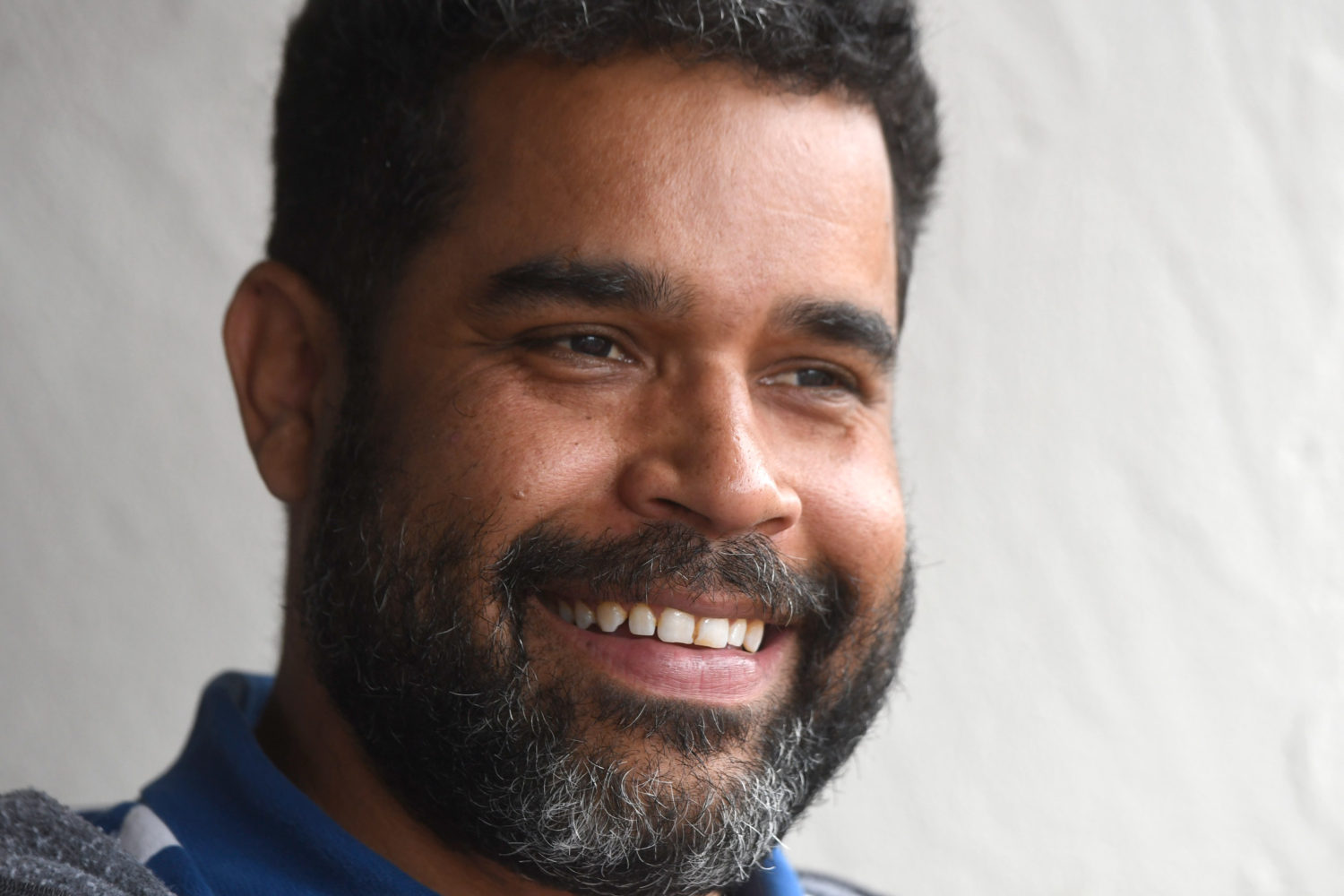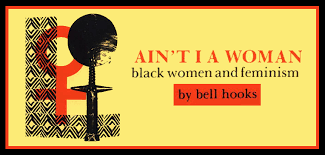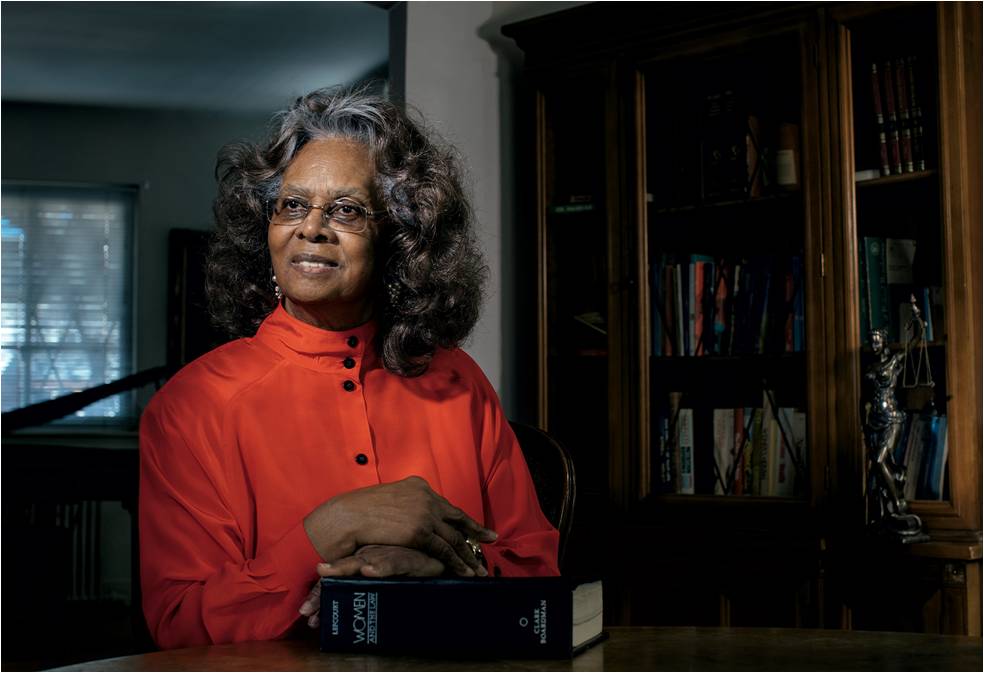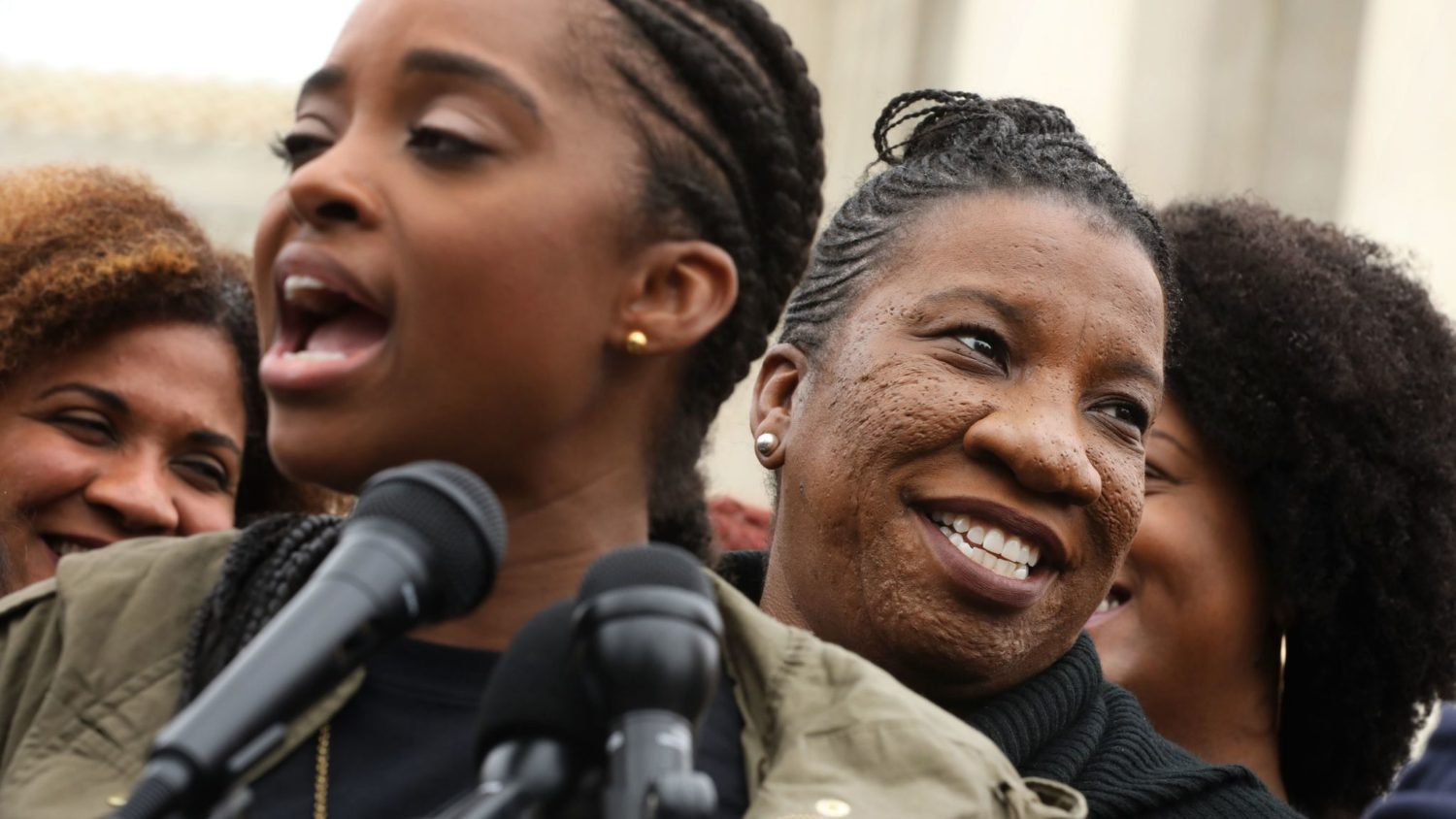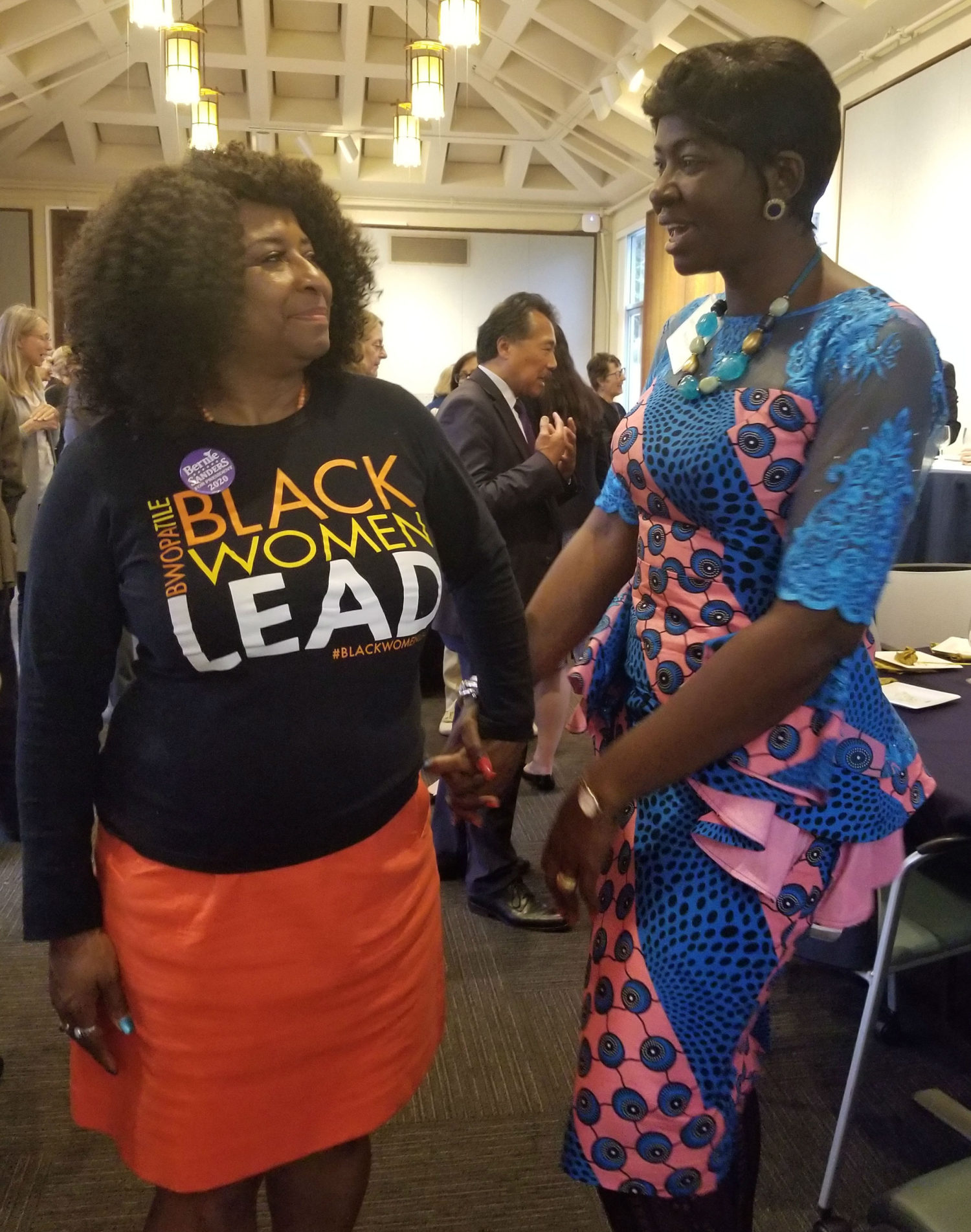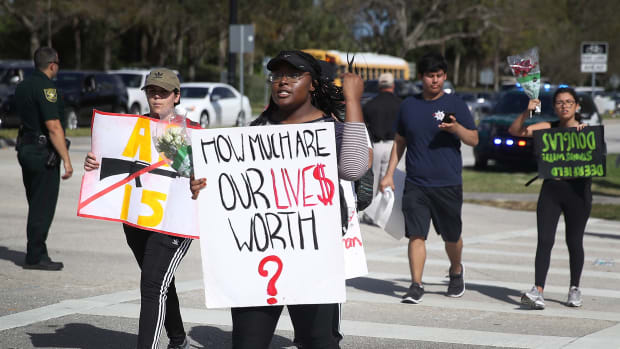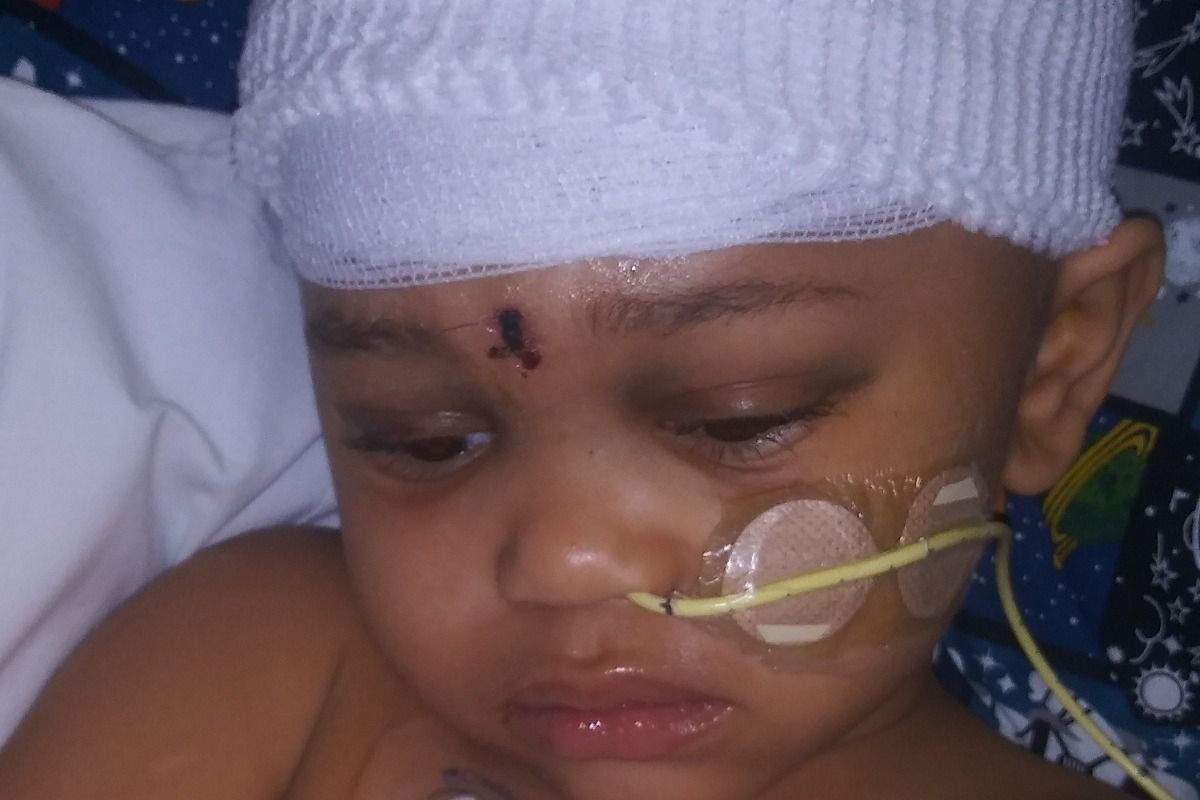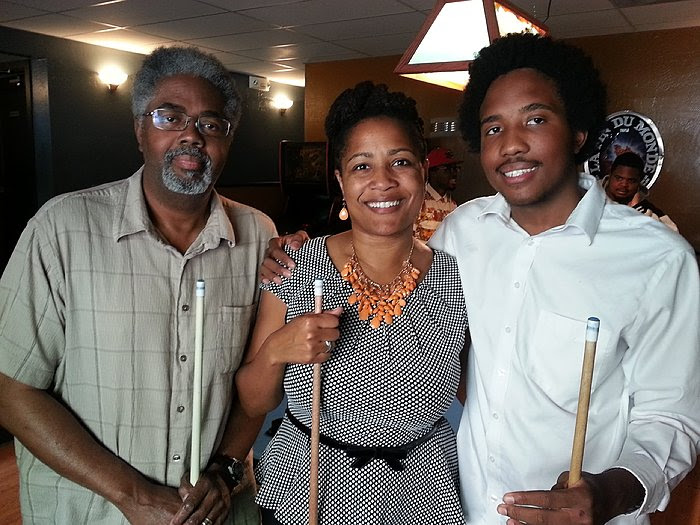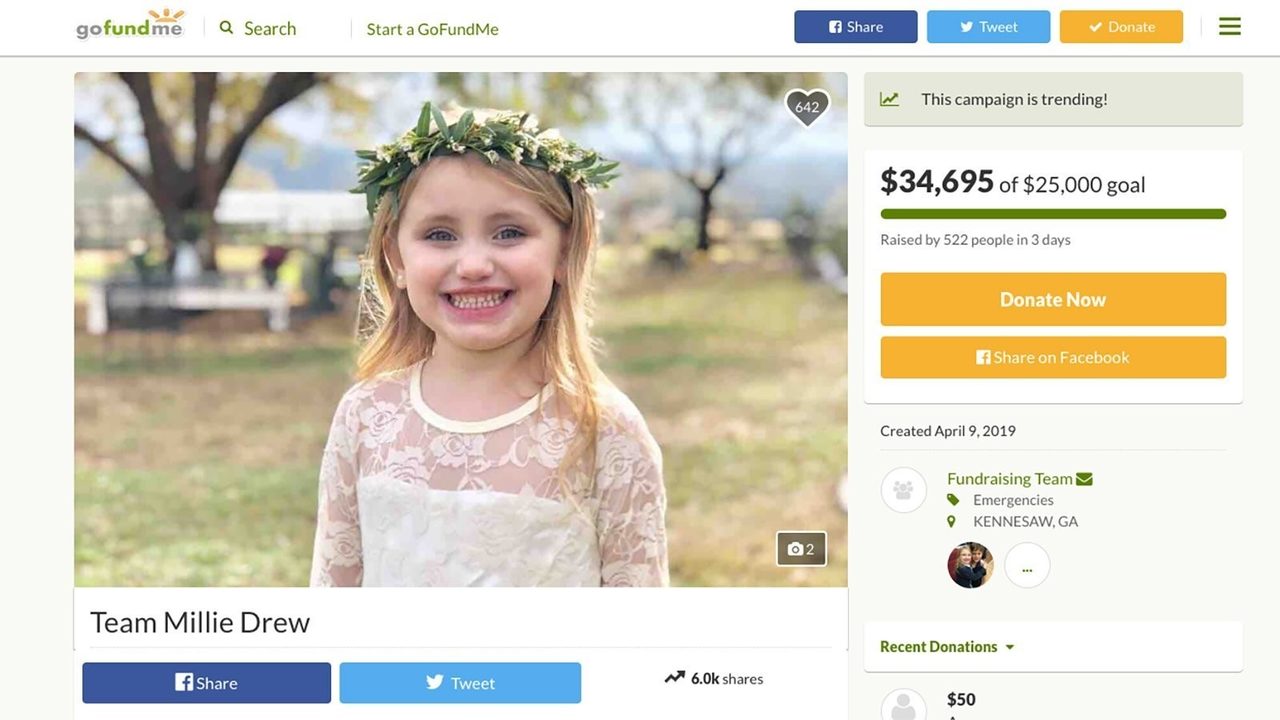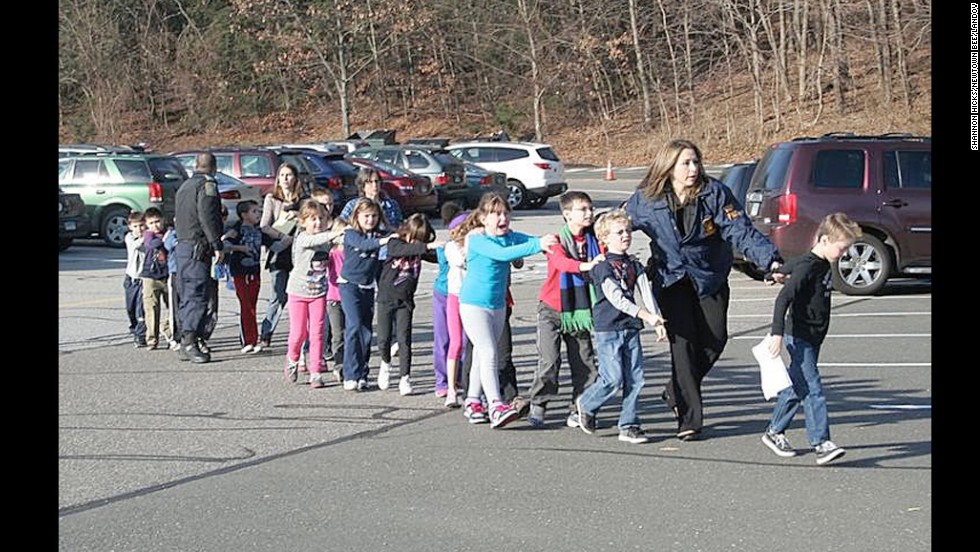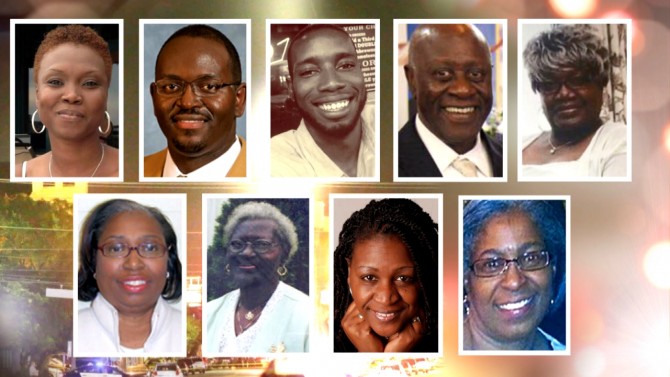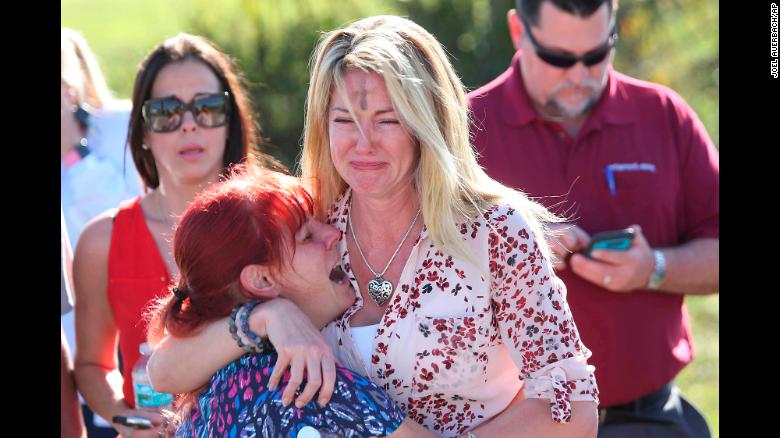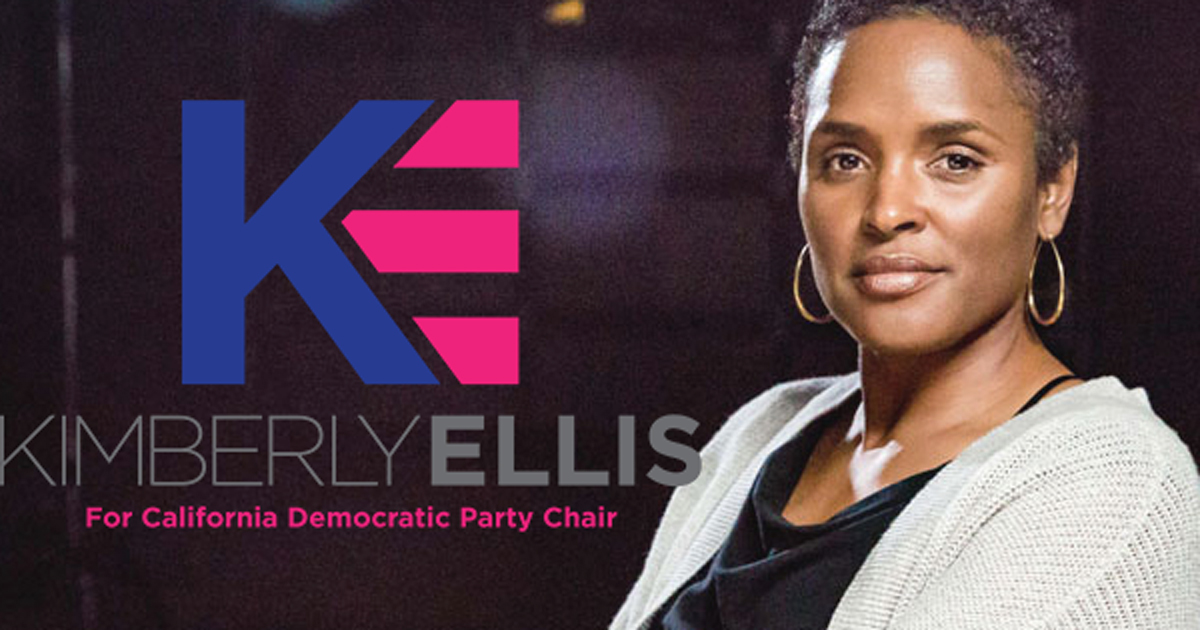
This is Part 2 of a two-part series on the 2019 California Democratic Party (CDP) Chair Race. For the full background on the 2019 CDP Chair race, check out Part 1 first.
Why Kimberly, Not Kamala?
Kimberly Ellis is a Black woman and the former Executive Director of EMERGE California. She is running for Chair of the California Democratic Party for the second time. Kimberly’s message about redefining what it means to be a Democrat is inspiring, particularly in light of the party’s failures for at least the past two decades.
Anyone who knows me knows that I am a strident advocate for the leadership of Black women. My favorite hashtag is #BlackWomenLead. Because I am a Black woman who has been on the front lines of the fight for civil rights for more than 40 years, I know how transformative our leadership can be. I supported Kimberly Ellis in 2017 and I support her in 2019.
So, you ask, how can you support Kimberly, but not Kamala?
The answer, unfortunately, is based on Kamala’s record and my own personal experience. In 2017, Kamala Harris did not support Kimberly Ellis. She did not endorse her or vote for her. In 2019, Kamala Harris still has not endorsed Kimberly Ellis. And Kamala controls at least 6 votes in the CDP Chair’s race. The fact that Kimberly Ellis is the only candidate in the race who can actually challenge the CDP’s pervasive culture of sexual misconduct is obvious. Yet, Kamala is standing silently on the sidelines watching the action.
Kamala’s Silence is Complicity
But then, standing by silently is Kamala’s habit and practice. In 2016, when Sen. Holly Mitchell was fighting like a demon to repeal California’s unjust sentence enhancement laws, Kamala stood on the sidelines. That year, Sen. Mitchell sponsored SB966, the 2016 version of the RISE Act. It died in the Legislature. It finally passed in 2018. Kamala did not support the bill.
Sen. Holly Mitchell is the most powerful compassionate inspiring Black woman to grace the California Legislature in decades. For more than a decade, she worked tirelessly with civil and human rights advocates to heal and restore our communities from the devastation caused by our racist and broken criminal justice system. Kamala Harris was silent on most of the groundbreaking criminal justice legislation sponsored by Sen. Mitchell.
In 2015, when Assemblymember Kevin McCarthy introduced AB86, a bill to make California the first state in the nation to have its top law enforcement officer independently investigate deaths in police custody, Kamala actually opposed the legislation. Under the plan, the state attorney general would appoint a special prosecutor to direct an investigation whenever the police kill a civilian. Several other states, including New York, have since adopted this policy.
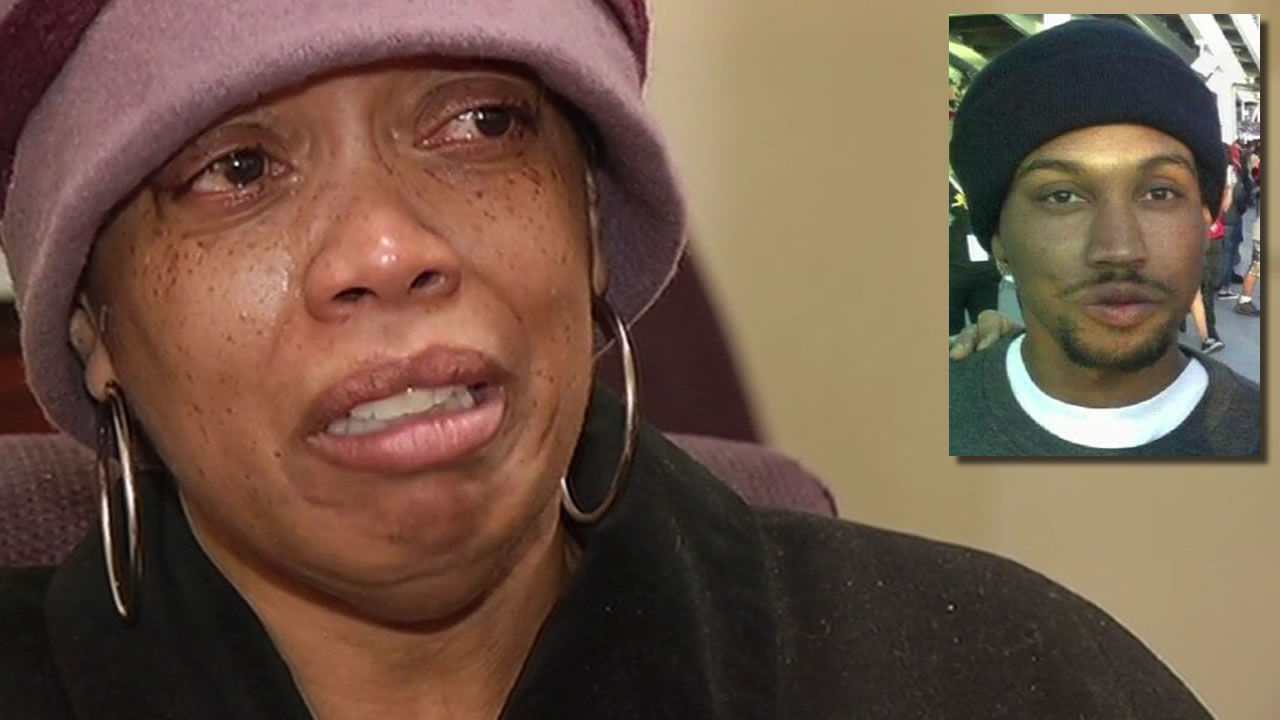
In 2016, the Black community in San Francisco was incensed about the police killing of Mario Woods. In a series of community meetings, Kamala’s most loyal supporters called upon her to do exactly what AB86 called for – convene an independent investigation of the shooting. Kamala rejected their appeals and stood by silently on the sidelines of the controversy. I shall never forget how shocked I was when I learned that Kamala refused to meet with Mario Woods’ mother.
My Own Disappointments
In August 2016, a coalition of community organizations that I worked with called upon Kamala to convene an independent investigation of the Bay Area police sex trafficking ring. Seven law enforcement agencies were implicated in sex trafficking of a minor. Even when the young woman at the center of the police misconduct was spirited away in the dead of night by the Richmond Police to Florida and promptly incarcerated on felony charges there, Kamala rejected our appeals to get involved. She stood by silently as criminal cases were either never brought or quickly dismissed.
In 2010, I represented a group of 10 women sexually harassed at work. They were all employed at the California Dept. of Corrections. Two of my co-counsel were staunch Kamala supporters. When she became Attorney General (with our help), they thought she would listen to them. She did not. We had our clients write to her directly describing their pain and injuries. We thought she would listen to them. She did not. In fact, she turned their letters over to the lawyers in her office defending the case. Those lawyers used the letters to ridicule our clients.
By 2015, three of the cases had been dismissed and one of our clients had committed suicide. We settled most of the remaining cases in 2015 for almost $2.8 million. The estate of Judy Longo – the woman who committed suicide – received a mere $250,000, largely because Judy was not alive to testify about what happened to her. The lead plaintiff Martha Berndt lost her case at trial. The case was weakened both by the extreme passage of time (13 years) and our assignment to a ridiculously sexist trial judge. Kamala stood by silently as these women suffered years of unnecessary and cruel litigation.
But She’s a Black Woman
In my experience, with one exception, Kamala has not stood with progressive Black women.* In the 2018 race for Oakland Mayor, there were 2 Black women running for the seat. Kamala did not support either one of us. In the 2018 race for Assembly District 15, there were 2 Black women running for the seat. Kamala did not support either one of them.
Kamala’s prominent support for the incumbent DA in the 2018 race for Alameda County District Attorney is perhaps the most shocking. That DA’s record on racially-biased prosecutions is abysmal. I ran for DA in response to the lack of police accountability and racial injustices that have devastated our community for decades. Kamala did not ever respond to my request for a meeting. According to the President of Black Women Organized for Political Action (BWOPA), a statewide organization of Black women that has always supported Kamala, Kamala did not even return her calls.
The Struggle is Real
In conclusion, my decision to reject Kamala Harris as a candidate for President is based “empirical evidence” and real life experience. Perhaps she will have a last minute change of heart and decide to support Kimberly Ellis in her quest to become the first Black woman CDP Chair. If you support Kamala and believe she should stand with Black women, please reach out to her and let her know that Kimberly Ellis deserves and needs her help. Before the vote on Saturday, June 1st please!
Here’s how you can contact Kamala on Twitter, Messenger, by phone or e-mail:
Twitter: @KamalaHarris
Messenger: @SenatorKamalaHarris
Phone: (415) 981-9369
E-mail: [email protected]
I hope I live to see the first Black woman President. I know that she will be a woman with the courage of her convictions and the compassion of a queen. #BlackWomenLead
*Kamala endorsed Public Defender Genevieve Jones-Wright for San Diego District Attorney in 2018 less than 3 weeks before the June 2018 election.

